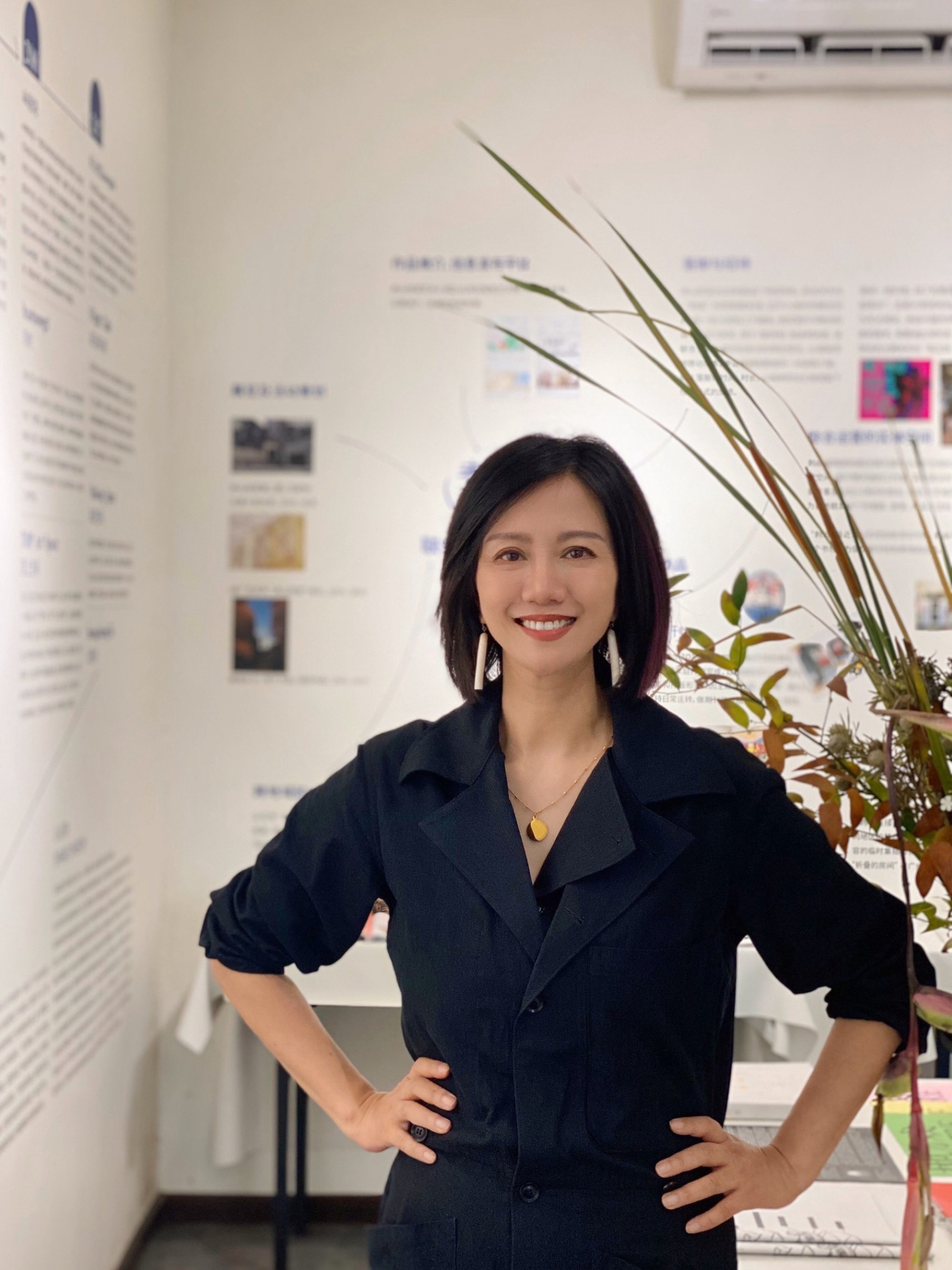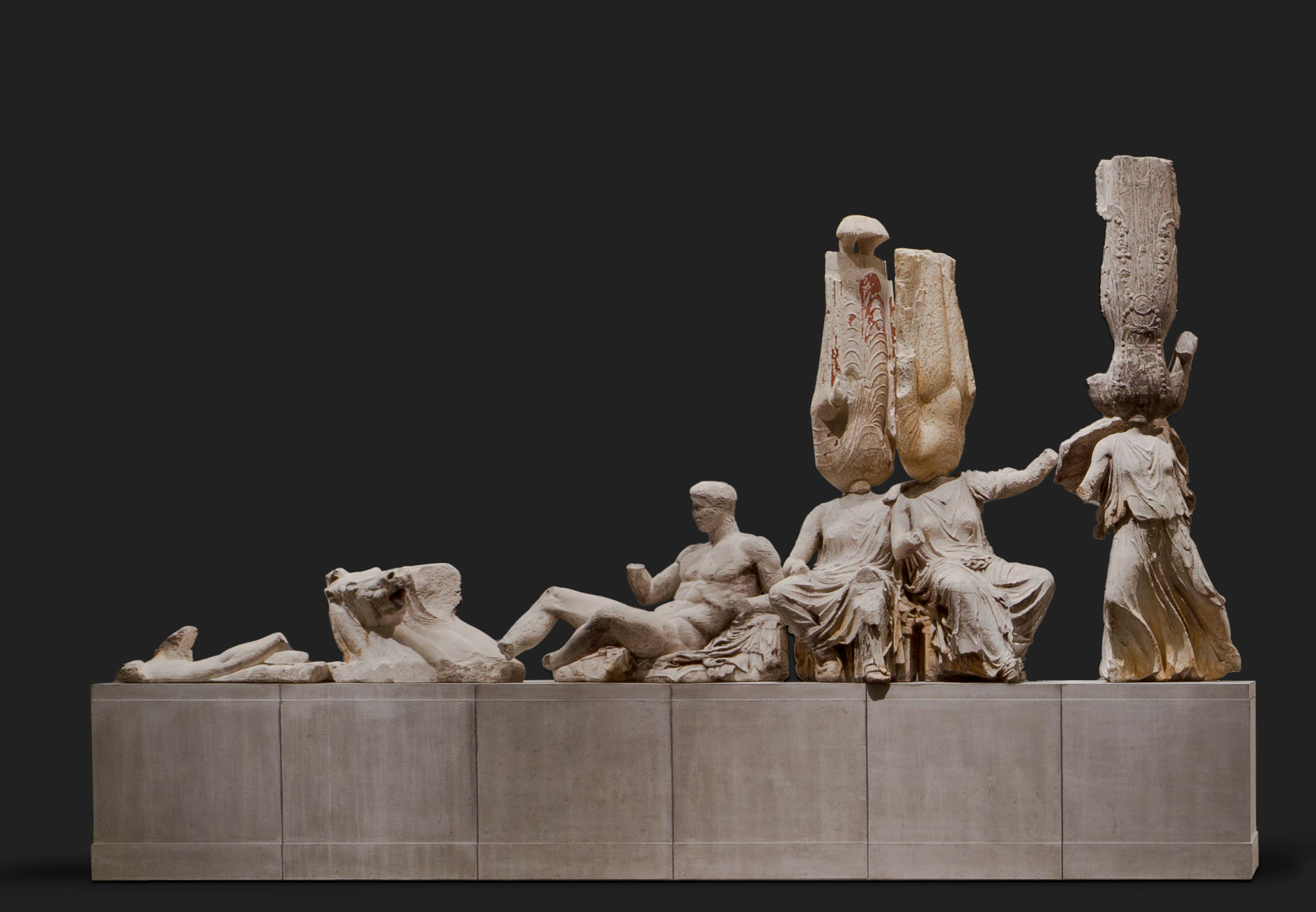“Through this event, we want to create an opportunity for them to stay longer and thus contribute to the art ecosystem in Shenzhen.”

AWSZ was initiated by the China Merchants Shekou Industrial Zone, the state-enterprise behind SWCAC. The centre is attracting new galleries and has surpassed the once-dominant OCT Loft in popularity. The event reflects the centre’s growing prominence in the city’s art scene.
“It’s very ‘Shenzhen speed’,” Zhou says of the art week idea that was only thought of in January. “We initially only anticipated having around 20 galleries and institutions join.” That number has doubled, with 95 per cent of them hailing from Shenzhen, and new additions are still being confirmed.
Why German museums are scouring collections for looted Chinese artefacts
Why German museums are scouring collections for looted Chinese artefacts
Deng Shanshan, founder of Mangrove Gallery in Shenzhen, joins the chorus of voices supporting Shenzhen Art Week. His decision to take part stems from not only his personal friendship with Zhou, but also a belief in the event’s potential impact.
“I have experience with art weeks in other cities and I believe creating such an event in Shenzhen is crucial,” he says. “This young, imaginative city with a nascent contemporary art scene needs event-driven voices, especially during Art Basel in Hong Kong.”
During AWSZ, Mangrove Gallery will present a solo exhibition by performance artist Li Binyuan, marking his biggest show in over three years.
Local prominent galleries such as Kenna Xu Gallery, BA Project and Gallery MC are also planning joint programmes with established institutions such as the Pingshan Art Museum, OCAT, and the Guangdong Times Museum.

Headlining the event are solo exhibitions by acclaimed artists Liang Shao-ji and Xu Zhen, showcased at SWCAC’s main gallery and the new Shenzhen Art Museum venue, respectively.
The event is divided into two parts. While SWCAC takes centre stage with roughly 10 exhibitions and a gala within the complex, the city’s artistic energy will truly come alive through the independent initiatives of participating galleries.
Each gallery is expected to plan its own opening event and dinner. In addition, there will be a series of talks and film screenings, creating a rich tapestry of artistic experiences throughout Shenzhen.

To enhance the visitor experience and foster connections within the city’s art scene, the organiser will create an art map guide and a dedicated magazine. These will not only map out all the exhibitions and activities but also provide “a basic understanding of the current landscape of art institutions in Shenzhen”, Zhou promises.
Final details will be provided later on the organiser’s official WeChat account, Art Week Shenzhen.
A wealthy tech hub with a population of over 17 million, Shenzhen has a fledgling art ecosystem that is in flux.

This year’s Art Shenzhen, a long-running government-owned art fair, has been pushed back from September to December. DnA, a private Shenzhen fair founded in 2021 by the company behind Shanghai’s 021 fair, is rumoured to be relocating to Hong Kong.
“We believe this event can nourish the artistic ecology by fostering diverse engagement with art,” Zhou says. “Just like a blood supply, we hope to bring people closer to art in various ways.”
This commitment is further solidified by the absence of participation fees for galleries taking part.
While AWSZ’s strategic timing and non-profit ethos place it in a position in which it could have a great impact, its budget limitations and short preparation time create hurdles that could hinder its success. Zhou declines to disclose the funding received from China Merchants, though she acknowledges it is significantly less than the budgets of other art weeks.
Second Frieze Seoul art fair shows it’s catching up to Art Basel Hong Kong
Second Frieze Seoul art fair shows it’s catching up to Art Basel Hong Kong
These constraints are evident in the absence of free shuttle buses for collectors and the public alike to facilitate hopping between galleries and established art institutions.
Additionally, there is no curated sales platform like AWT Focus in Tokyo, Japan, or SEA Focus in Singapore.
The new art week prioritises the well-being of the art ecosystem rather than commerce, Zhou says.
“The current economic climate requires initiatives that go beyond transactions.”

